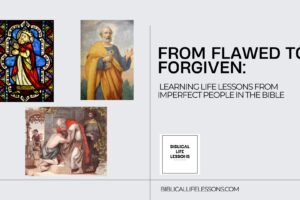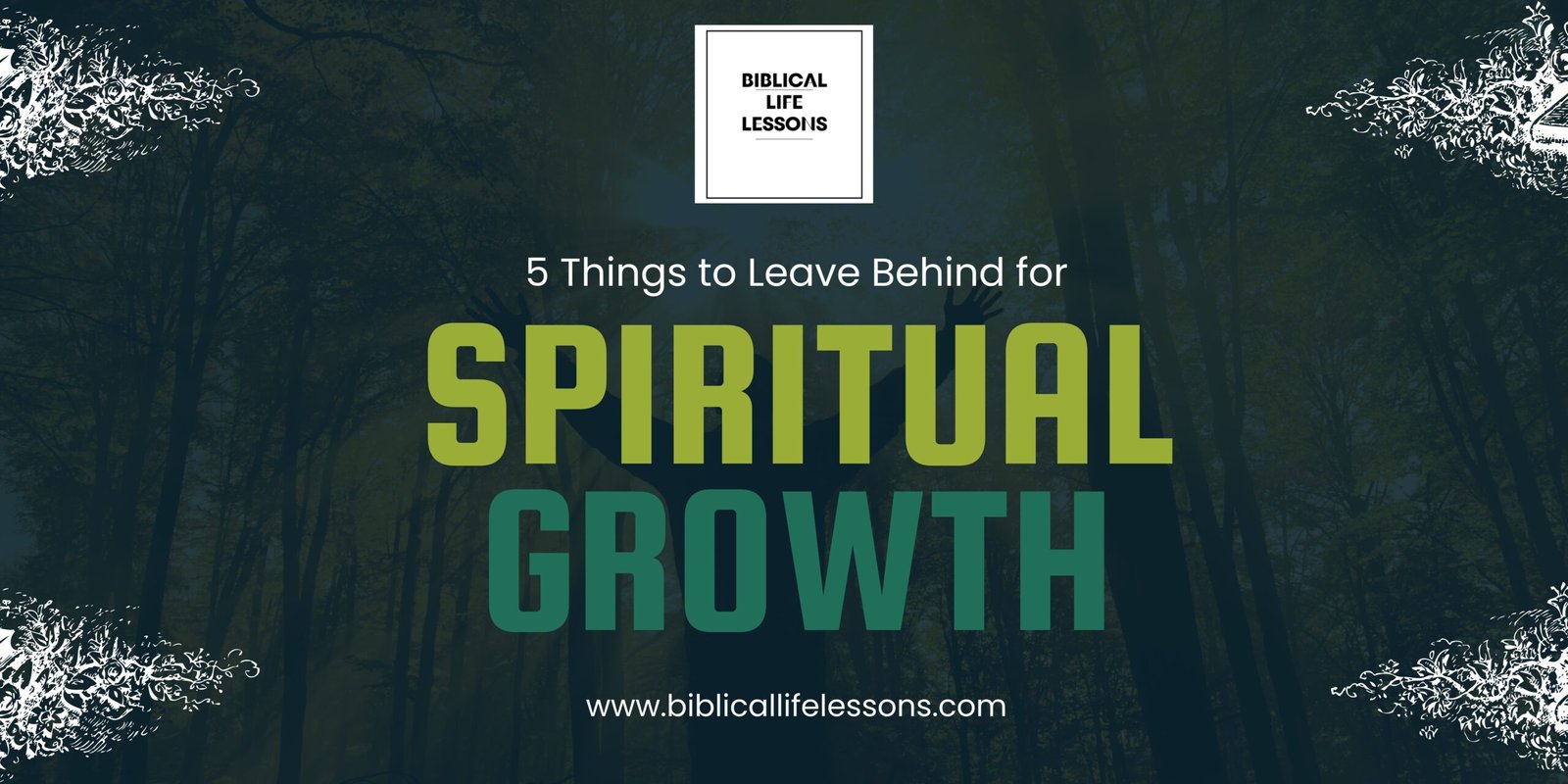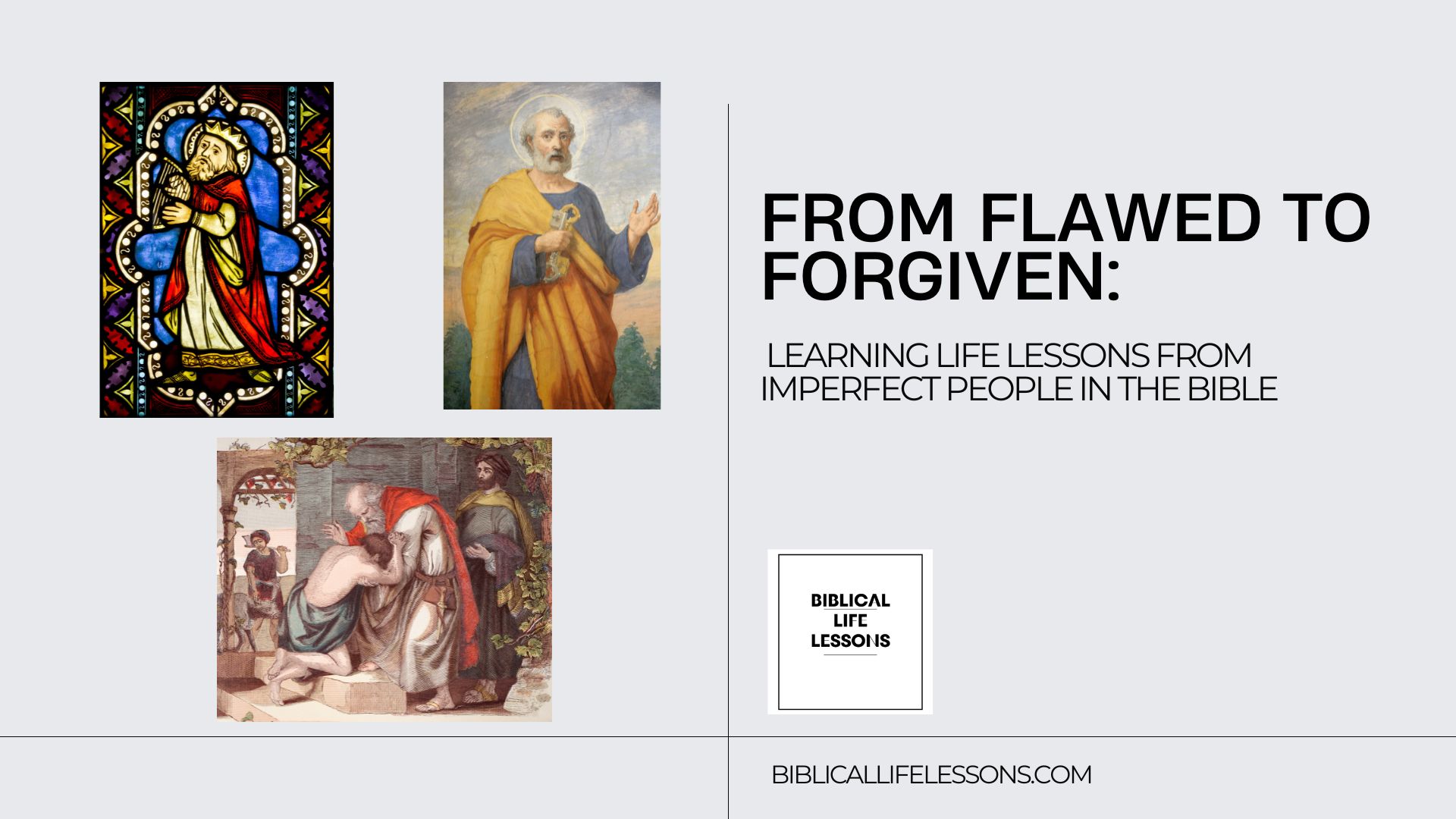In the Gospel narratives, the miraculous event known as the Feeding of the 5,000 stands as a testament to Jesus’ compassion and divine power. This extraordinary event, found in Matthew 14:13–21, Mark 6:30–44, Luke 9:10–17, and John 6:1–15, unfolds as a profound demonstration of Jesus’ ability to provide abundantly even in the face of apparent scarcity.
A Crowd in Need
The story begins with Jesus learning about the death of John the Baptist. Seeking solitude, He withdraws to a desolate place. However, the crowds follow Him, and instead of turning them away, Jesus is moved with compassion, healing their sick and teaching them about the kingdom of God.
The Challenge of Scarcity
As evening approaches, the disciples express concern about the lack of food for the multitude. The enormity of the situation becomes apparent — feeding such a large crowd seems impossible with the available resources. This sets the stage for one of Jesus’ most famous miracles.
The Miraculous Multiplication
In response to the disciples’ concern, Jesus takes five loaves of bread and two fish, blesses them, and then distributes the food to the crowd. Miraculously, everyone eats to their fill, and there are even twelve baskets of leftovers.
Key Lessons from the Feeding of the 5,000
- Divine Provision in Scarcity: The narrative underscores the theme of divine provision, emphasizing that God can meet our needs even when resources seem insufficient.
- Compassion in Action: Jesus’ compassionate response to the crowds, despite His own grief, serves as a model for believers to prioritize the needs of others.
- Faith in the Face of Challenges: The disciples’ initial concern reflects a common human tendency to focus on scarcity rather than trusting in God’s ability to overcome challenges.
- Significance of Leftovers: The twelve baskets of leftovers symbolize God’s abundance, surpassing what is needed. This highlights the extravagance of divine provision.
A Profound Sign
The Feeding of the 5,000 stands not only as a remarkable event in Jesus’ ministry but also as a profound sign pointing to His identity as the provider of both physical and spiritual nourishment. The lessons learned from this miracle continue to inspire and challenge believers to trust in God’s abundance, show compassion to others, and have faith in the face of apparent scarcity.











